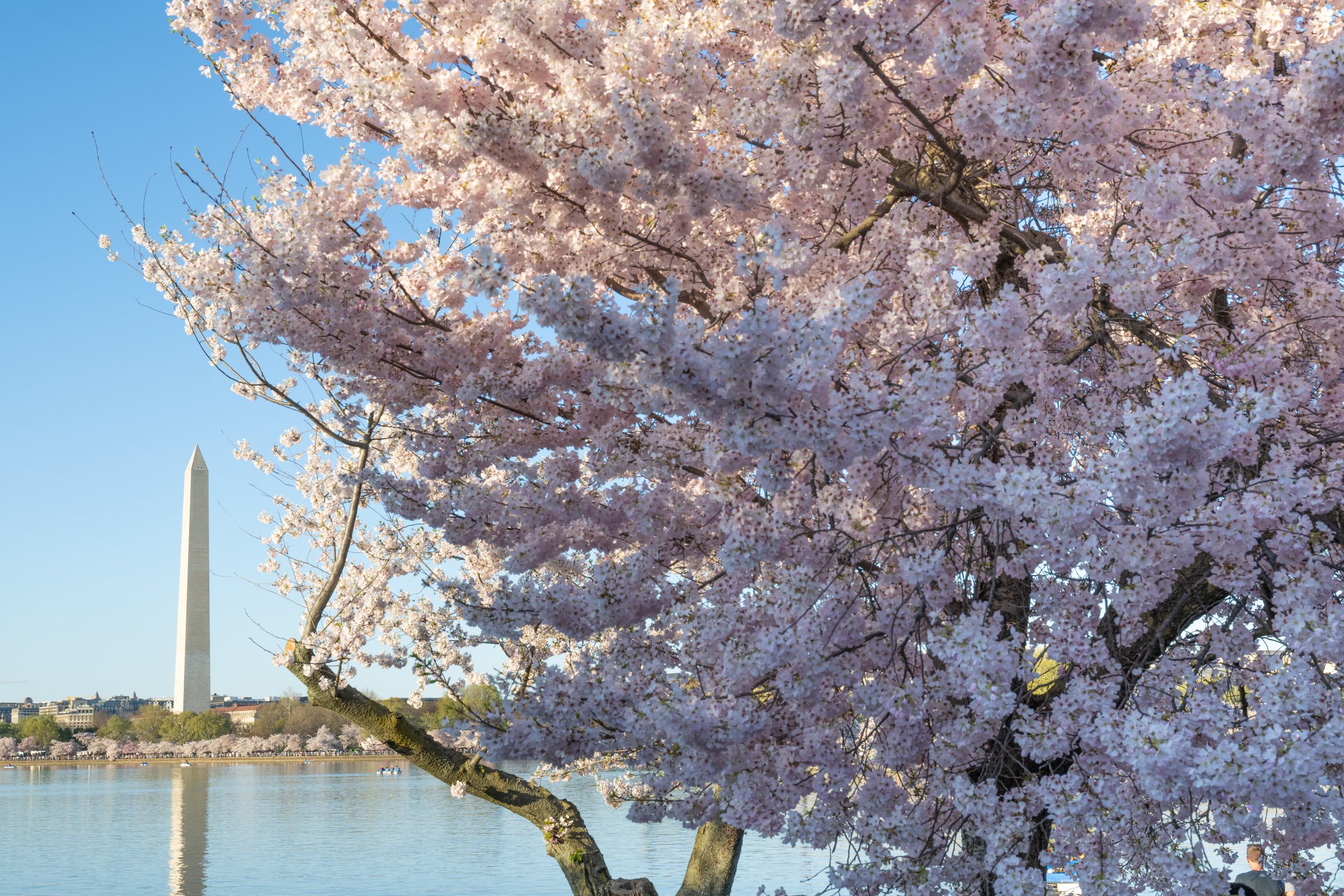Photography and camera technology is changing at such a fast pace. I’m a dedicated Nikon user but couldn’t help but be intrigued by Sony’s latest news. Enter the Sony Alpha 9 III, the latest addition to the acclaimed Alpha series. Packed with cutting-edge features, this camera is set to redefine the standards of excellence in photography. Below are just some of the highlights of this exceptional camera:
1. Sensational Speed and Sensitivity: At the heart of the Sony Alpha 9 III lies a 35mm full-frame Exmor RS CMOS sensor, boasting 35.9 effective megapixels. This sensor is not only high in resolution but also incredibly sensitive. With a native ISO range of 100-32,000, expandable to 50-102,400, this camera is a low-light champion, capturing stunning images in the darkest conditions.
2. Lightning-Fast Autofocus: The Alpha 9 III features an impressive Fast Hybrid AF system, equipped with 759 phase-detection points and 425 contrast-detection points. This translates to lightning-fast, highly accurate focus, even for fast-moving subjects. The Real-time Eye Autofocus ensures that portraits are always crisp and detailed, while Real-time Tracking makes capturing moving subjects a breeze.
3. High-Speed Continuous Shooting: With the capability to shoot at an astonishing 30 frames per second, the Sony Alpha 9 III is perfect for sports, wildlife, and action photographers. Its large buffer allows you to capture sequences of shots without missing a moment. This speed, combined with a silent electronic shutter, is a game-changer for capturing discreet, noise-free images.
4. Stellar 8K Video Performance: Videographers, get ready to be amazed! The Alpha 9 III is an 8K video powerhouse. With its 8K recording capability, you can produce stunning, cinematic-quality footage with immense detail. This camera also supports 4K video at up to 120 frames per second for silky-smooth slow-motion shots.
5. Ergonomic and Weather-Sealed Design: Sony has taken ergonomics seriously with the Alpha 9 III. The camera's design ensures a comfortable grip and easy access to essential controls. Its robust build and weather-sealing allow you to venture into various shooting conditions with confidence, knowing your equipment can handle the elements.
6. Extended Battery Life: With the NP-FZ100 rechargeable battery, the Alpha 9 III offers an impressive battery life of up to 1,000 shots per charge. This extended battery life is a testament to Sony's commitment to minimizing interruptions during your photography sessions.
7. Connectivity and Workflow: The Alpha 9 III comes equipped with built-in Wi-Fi and Bluetooth for seamless connectivity to your smart devices. You can instantly transfer and share your images or even control the camera remotely. This connectivity streamlines your workflow, allowing you to share your creative vision effortlessly.
Conclusion: The Sony Alpha 9 III camera is a true game-changer, offering exceptional speed, sensitivity, and capabilities that cater to both photographers and videographers. Its ergonomic design, weather-sealed build, and extended battery life make it a reliable tool for a wide range of shooting conditions. With the Alpha 9 III in your hands, you're equipped to redefine excellence in photography and capture moments with unparalleled precision and creativity.




























